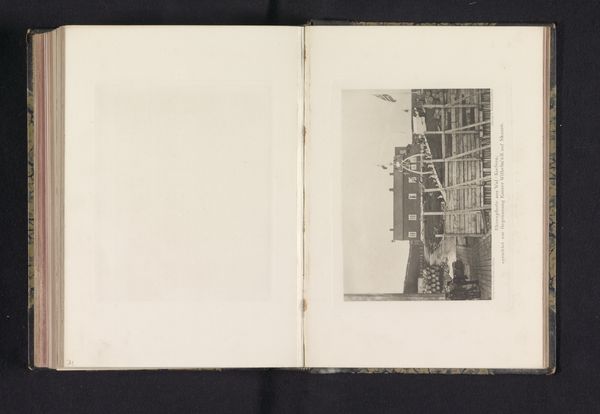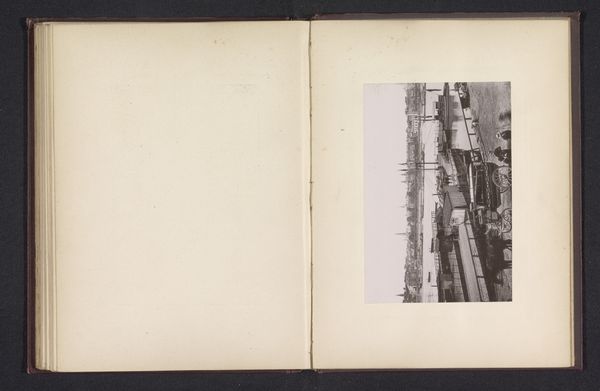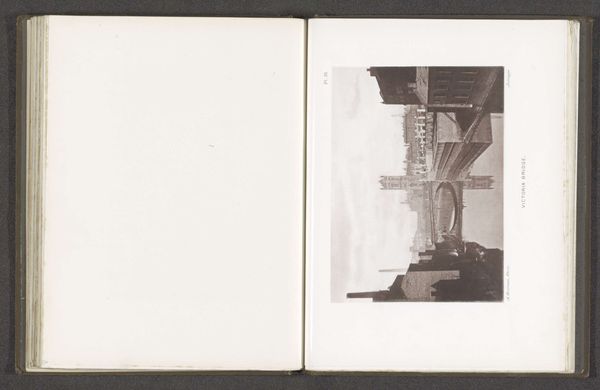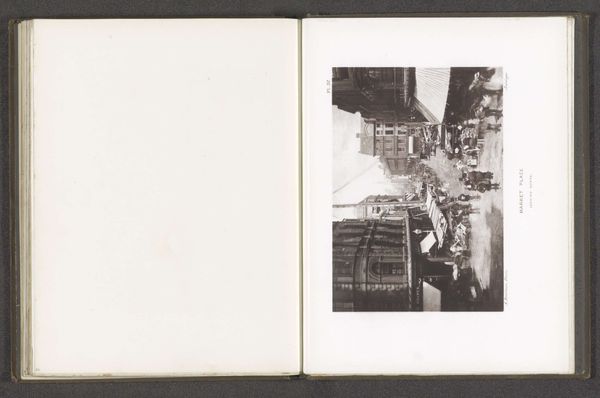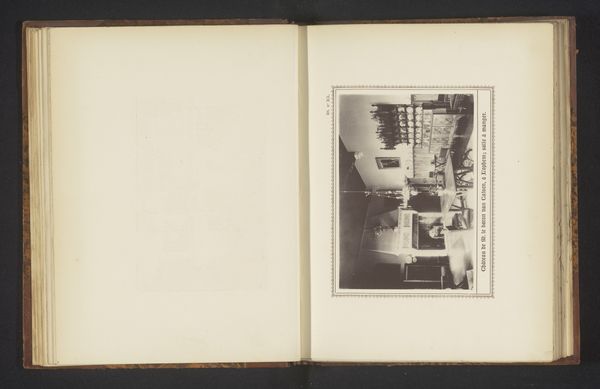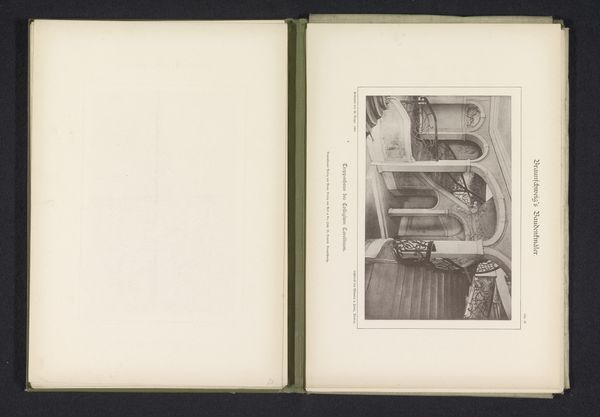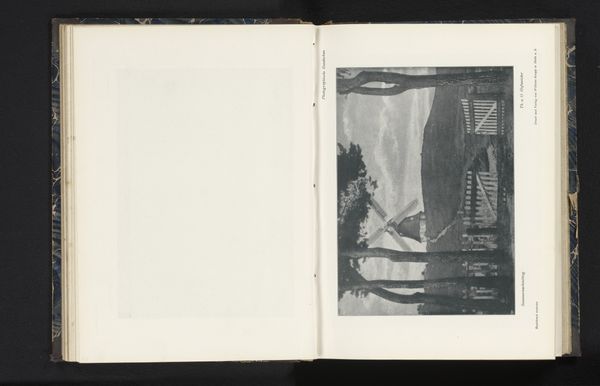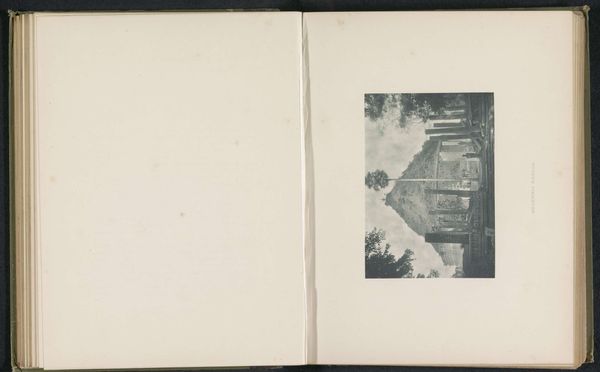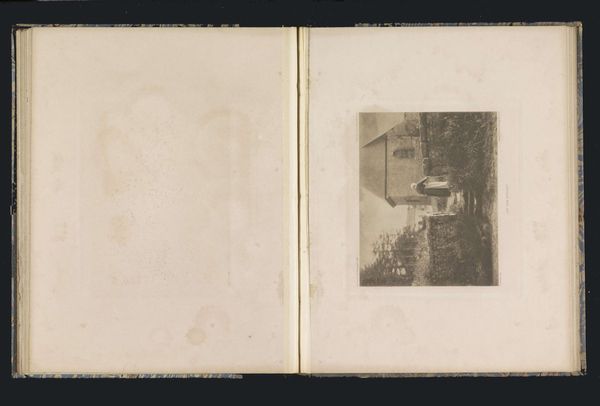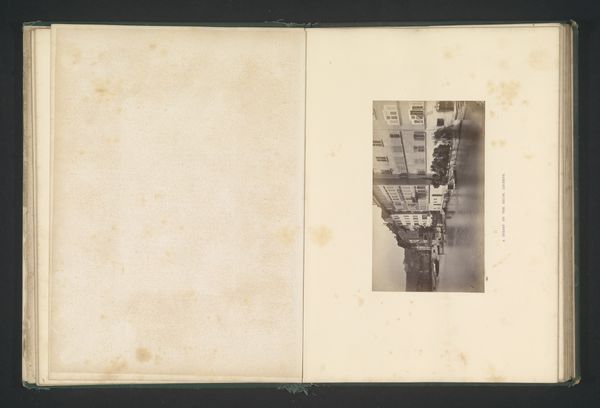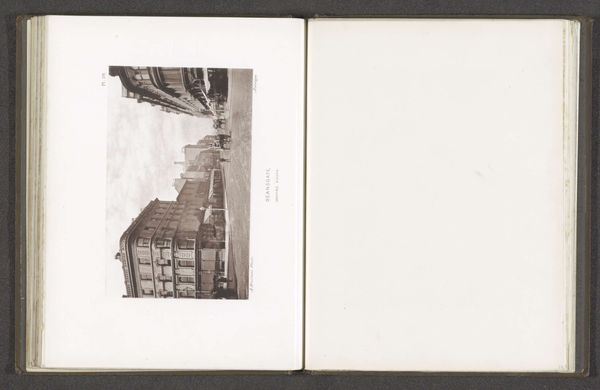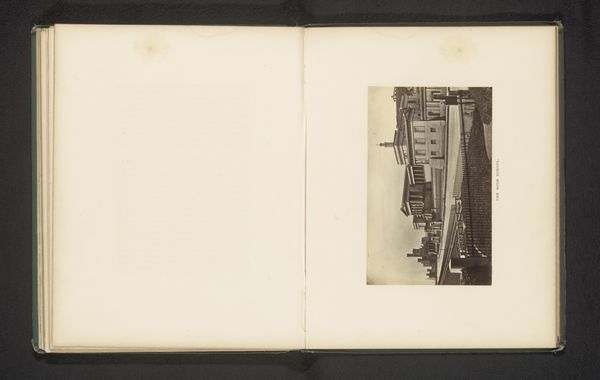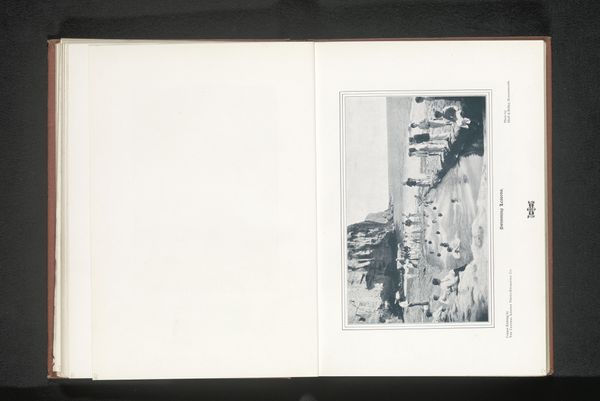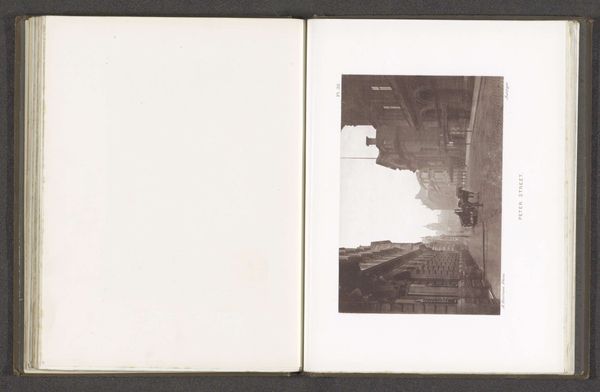
photography, gelatin-silver-print
#
sketch book
#
photography
#
gelatin-silver-print
#
cityscape
#
street
#
realism
Dimensions: height 115 mm, width 173 mm
Copyright: Rijks Museum: Open Domain
Curator: Before us is a gelatin silver print by Alfred Brothers, taken sometime before 1878. It's titled "Gezicht op een straat in Greengate in Salford," or, "View of a street in Greengate in Salford." Editor: The photo has a dreamlike, almost ethereal quality. The soft light, combined with the rather ramshackle architecture, creates a slightly melancholic atmosphere. Curator: The material is interesting, isn't it? Consider gelatin silver prints as objects: mass-produced, relatively inexpensive means of capturing and distributing imagery at the time. Brothers wasn't crafting a unique, precious object so much as documenting a place and moment, making it accessible. The urban expansion visible speaks to the burgeoning industries reliant on these new gelatin processes too, a system which facilitated the industrial imagery being traded. Editor: And what an evocative document it is! Look at the details in those buildings – the exposed timber framework. The half-timbered construction feels so symbolically charged, harkening back to a medieval past amidst this obviously modern industrial scene. These motifs have become representative of Englishness, hasn't it, especially contrasted against the burgeoning smokestack industries? It evokes a powerful sense of the clash between tradition and modernity. Curator: Exactly. This clash is visible in its creation and subject. Salford was undergoing massive industrial expansion during Brother’s lifetime, changing from that image it held of rustic idyllic place. This rapid change in local and industrial manufacturing must have also caused change within gelatin and print production. A question for Brothers might then be whether this was about documenting what was being lost? Editor: Precisely! These timbered houses now carry the weight of nostalgia for a bygone era, viewed with the knowledge they’ll likely be gone soon, replaced with utilitarian, industrial buildings. This is not just a photograph; it's an elegy. It captures a culture on the cusp. The very way the image renders textures gives them an almost haunted quality. I can practically feel the cold, damp air clinging to those timbers. Curator: Yes. And this isn’t just Salford. Think of the skilled labour required to construct and maintain timbered buildings—the joiners, carpenters, carvers. Photography's democratising and documentation power could easily bypass these crafts. These material changes can change more than just building’s facade. Editor: Absolutely. Ultimately, both materiality and iconography give to each other in art and social practices. One must be aware of both contexts when encountering art. Curator: Well said.
Comments
No comments
Be the first to comment and join the conversation on the ultimate creative platform.
